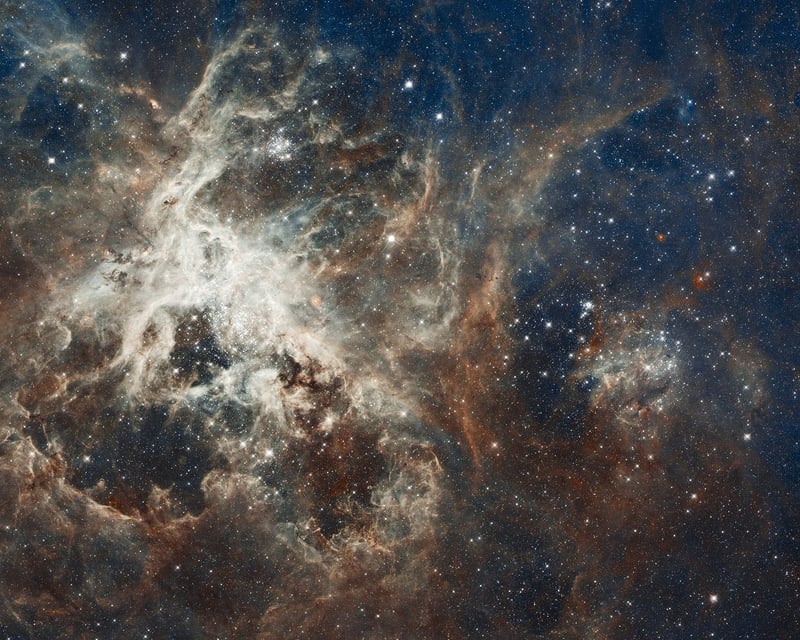Space Telescopes
The Future of Interstellar Exploration: Advancements and Space Telescopes
As humanity looks beyond our solar system towards the vast expanse of interstellar space, exciting advancements are driving the future of space exploration. From powerful propulsion systems to cutting-edge space telescopes, scientists and engineers are pushing the boundaries of what is possible in our quest to unravel the mysteries of the cosmos.
Advancements in Interstellar Travel
One of the key challenges in interstellar exploration is the vast distances that separate us from neighboring star systems. To overcome this hurdle, researchers are developing innovative propulsion technologies such as ion propulsion and light sails that could potentially enable spacecraft to travel at a significant fraction of the speed of light.
Ion Propulsion
Ion propulsion systems use charged particles to generate thrust, offering a more efficient and long-lasting alternative to traditional chemical rockets. NASA's Dawn spacecraft and the Deep Space 1 mission have successfully demonstrated the effectiveness of ion propulsion in deep space missions.
Light Sails
Light sails harness the momentum of photons from a powerful laser to propel a spacecraft forward. Projects like Breakthrough Starshot aim to send small, lightweight probes to nearby star systems at speeds approaching 20% of the speed of light, potentially reaching Proxima Centauri in just over 20 years.
Space Telescopes: Peering into the Cosmos
Space telescopes play a crucial role in interstellar exploration by allowing scientists to observe distant stars, galaxies, and exoplanets with unparalleled clarity. These advanced instruments provide valuable data that helps us better understand the universe and our place within it.
Hubble Space Telescope
The Hubble Space Telescope has revolutionized our understanding of the cosmos since its launch in 1990. By capturing stunning images of distant galaxies, nebulae, and other celestial objects, Hubble has provided invaluable insights into the nature of our universe.
James Webb Space Telescope (JWST)
The upcoming James Webb Space Telescope is set to be the premier observatory of the next decade, serving thousands of astronomers worldwide. With its advanced infrared capabilities, JWST will peer deeper into space than ever before, helping scientists study the early universe, distant exoplanets, and much more.
Conclusion
With groundbreaking advancements in propulsion systems and the remarkable capabilities of space telescopes, the future of interstellar exploration looks brighter than ever. By harnessing the power of technology and human ingenuity, we are on the brink of unlocking the secrets of the cosmos and expanding our horizons beyond the confines of our own solar system.


